The Panteón Francés De La Piedad often bears the honorific of “Mexico City’s most beautiful cemetery.” The plot of land is one of the best places to recall the brief Second Empire period of Mexican History. That’s because the cemetery dates from the time when, especially, French and European city residents insisted on a place to bury their dead. These were resulting in considerable numbers from the French Invasion of Mexico (1861–1867). Plans for the cemetery were first presented in 1864 in a Mexico City then hosting the Emperor Maximiliano of the House of Hapsburg.
Less well-known, the cemetery also bears the memory (and the name) of the not so distant Nuestra Señora de la Piedad. Today one of the Original Settlements of Benito Juarez, it’s almost impossible to imagine today’s soaring bunker-like church as an important colonial-era monastery and agricultural center on the banks of the lazy Piedad River. Today that’s the Viaducto Highway. The church on the site of the former monastery is about a ten-minute walk away.
When the Juárez government had firmly banished the French soldiers after 1867, the cemetery was re-commissioned. It was then used mostly for the interment of French, Swiss and Belgian city residents. Other nationalities soon followed and so Mexican high society did, too.
Today it’s a staggering collection of funerary stone masonry. Small mausoleums and markets span the range from Gothic and Neo-Classical styles, to later works in Arte Nouveau and Deco.
The chapel dates from 1890-1892. The work of French architect, E. Desormes, the ironwork spire signals the Porfiriato-era‘s rather ironic adoration for all things French. Interments continued straight through until 1940. At that time, the French, Mexican, Swiss and Belgian Charitable Society that ran the cemetery had to expand to the French Pantheon of San Joaquin. It opened in 1942 in what was by then the better side of town.
The Monumento a los mártires Franceses, is to the right inside the main entrance. It was dedicated in 1924 to Mexicans of French descent who’d died in the European theater. The cemetery is the final resting place of assaJose María Pino Suárez and his wife, María, who died in 1970. The remains of Miguel Ángel de Quevedo, who’d so famously studied in France are also buried here. He died in 1946.
Of special note, because of the particularly European slant to the history delineated above, the Panteón Francés De La Piedad is not really the setting for Day of the Dead observations like so many other cemeteries in Mexico City. That said, it might be a more appropriate stop for some types of international visitors.
The phrase above the entrance on the Avenida Cuauhtémoc is Heureux qui meurt dans le Seigneur, “Blessed is he who dies in the Lord.” The cemetery entrances is about equi-distant from the Metro Centro Medico station to the north, and the Parque Delta shopping mall to the south.
Hours: Daily, 9 a.m. to 6 p.m.
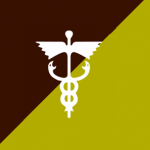
Nearest at 0.16 kms.
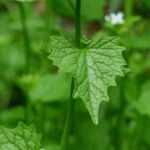
Nearest at 0.20 kms.
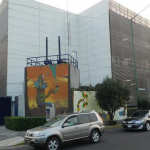
Nearest at 0.28 kms.
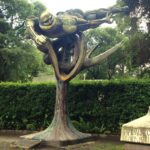
A final resting place for some of Mexico's most important people . . .

A park that comes alive with colorful animals in Tláhuac . . .

One of Tláhuac's great traditional neighborhood markets . . .
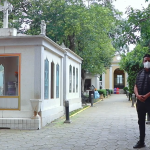
One of the most haunted places in the Center of Tlalpan . . .